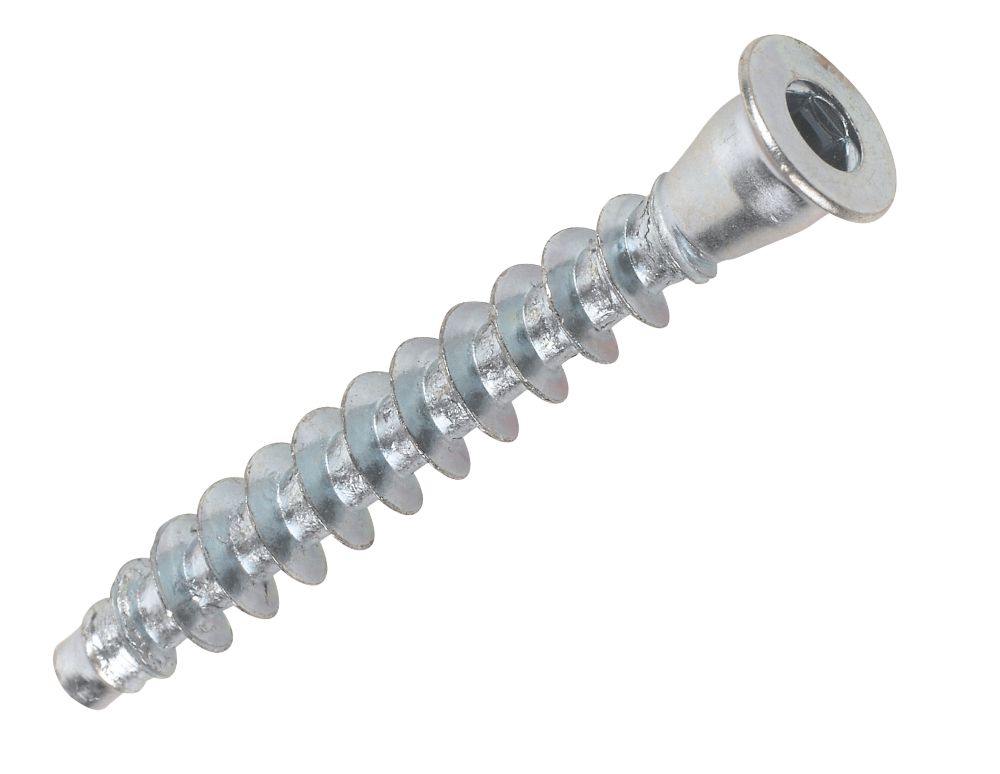Im sure its simple if you're experienced but its difficult for me to visualise as a beginner.
A groover runs along the flat edge and cuts a slot in the edge. The routerdoes not run on the narrow edge, but on the wider flat one. You really need to get a router and a bearing guided rebate bit and run that on a piece of material to see how it works, then when you get a groover it will actually be obvious how it works. This sales video from Trend shows a lot of different bearing guided bits in use including a bearing guided groover (at 0:50 and 4:17) and bearing-guided rebate cutters (@ 2:33 and 2:36)
Note how very few operations require a router table. Note also the use of an auxilliary sub base (at 5:53) to provide more stability when routing edges - these can be home made from a piece of acrylic or polycarbonate plastic from 5mm thick upwards. Out on site I've made them out of stiuff like 12mm MDF and 8mm ply in the past (clear plastic is a lot easier to use, though), using a jigsaw to cut them out. Rough, but serviceable
There is a bearing guided rebate cutter illustrated in this video (at 0:13 and 0:48) together with a rebate being cut using a larger diameter straight cutter and a side fence (at 0:19 and 1:13).
Once again note that it is only really big cutters, stuff like panel raisers, which require a router table. As a novice the bearing guided cutter, whilst more expensive to purchase, is far easier to master. As you may gather, I love my routers - they are so versatile
Sorry these are sales videos, but there is an assumption that users start with a straight cutter and progress, because this is what most people seem to do. One word of caution - steer clear of cheap cutters and sets in general and only buy cutters that you need for a given job. That will save you loads of dosh and/or be able to buy better quality cutters
If I have a long rail for a wardrobe door, lets say 2m long, and its only made from 22mm thick MDF, then would I have the piece vertically on its long edge, and run the router along the top of it? It would be only 22mm wide so wouldn't the router be unstable running along the top of that, and how would I get a straight groove in the centre of the rail?
See my response above, then view the video at about 4:17 which illustrates the use of a bearing-guided grooving set (i.e arbor, groove cutter and bearing), as I recommended earlier
In terms of experience I bought my first router, a secondhand Stanley fixed base, for work in the mid-1970s. My first plunge router (and brand new) was a pale blue Elu (which very few here will be able to date, I'm sure), but before those I had been using routers at work for several years, both static and hand-held portable

www.screwfix.com

